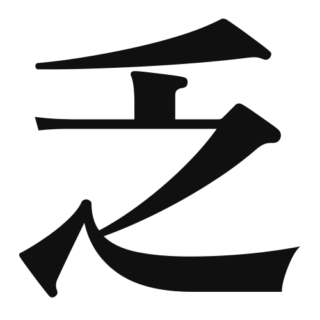 N1
N1 乏
1. Overview of MeaningThe kanji "乏" (bo) means "lack" or "insufficient." It conveys a sense of scarcity or deficiency in...
 N1
N1 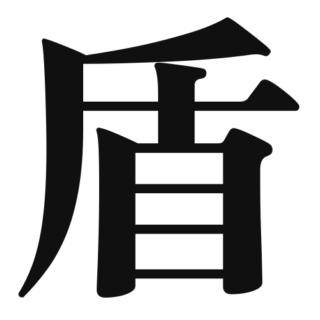 N1
N1 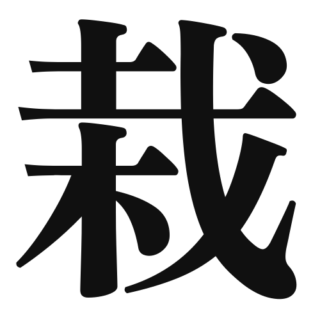 N1
N1 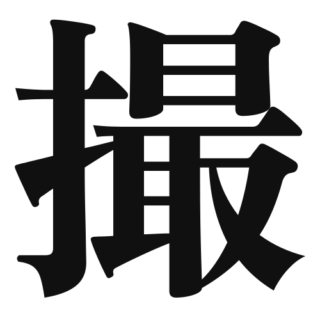 N1
N1  N1
N1 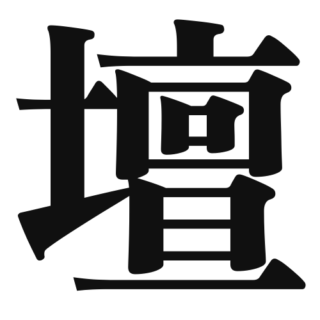 N1
N1 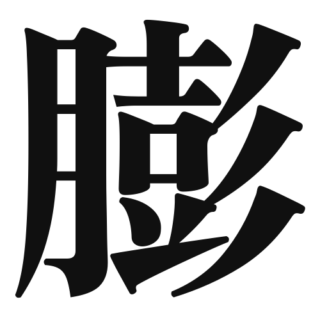 N1
N1  N1
N1 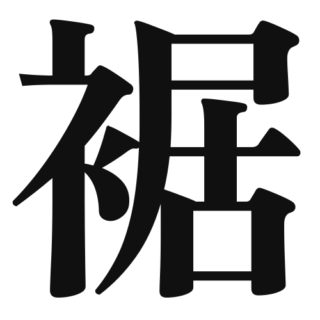 others
others 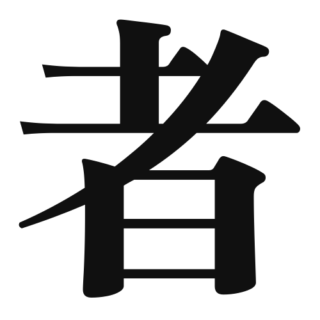 N4
N4